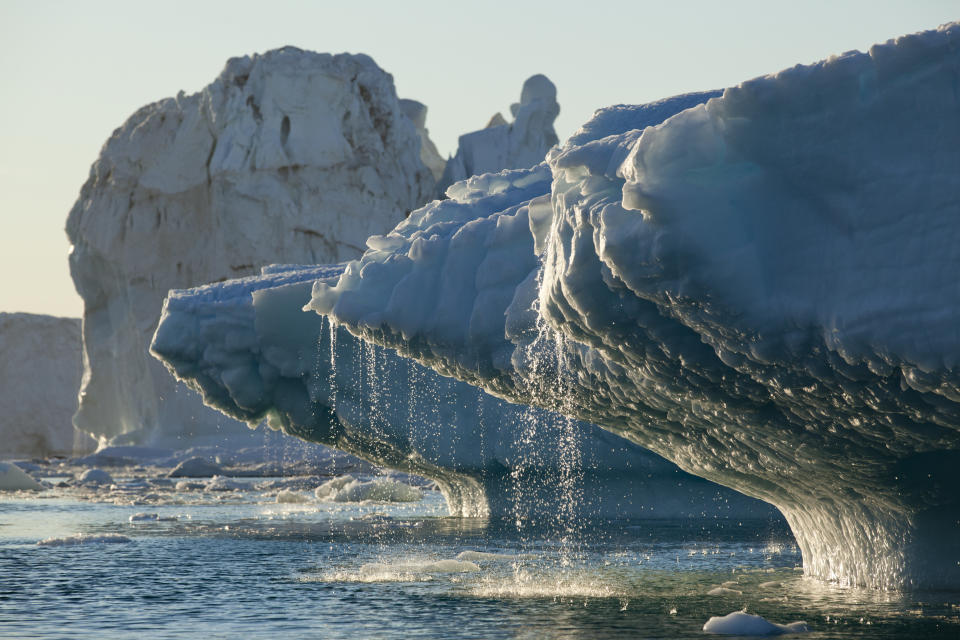Huge chunk of ice measuring 42 square miles breaks off Greenland ice shelf

A vast piece of ice measuring 42 square miles has broken off from an ice shelf in north-east Greenland and has now fragmented in the sea.
It comes as experts warned that melting ice in Greenland could lead to widespread sea rises around the world.
Satellite imagery shows that the ice separated from the last remaining ice shelf in the Arctic, 79N, or Nioghalvfjerdsfjorden.
This ice chunk, called the Spalte glacier, has already fragmented.
Experts have warned that the rapid melting affecting Greenland’s ice is caused by climate change, according to a BBC report.
Read more: Antarctic records hottest temperature ever
Dr Jenny Turton, of Friedrich-Alexander University in Germany, told BBC News: “The atmosphere in this region has warmed by about 3C since 1980.
"And in 2019 and 2020, it saw record summer temperatures.”
Last year, the ice over the Arctic Ocean shrank back to an extent never seen before, or since weather satellites first took images.
The Geological Survey of Denmark and Greenland (GEUS) said that the chunk of ice broke off following several unusually warm years.

Professor Jason Box, of GEUS, warned that the melting of 79N could lead to further collapses in Greenland.
Box said: “What makes 79N so important is the way it's attached to the interior ice sheet, and that means that one day – if the climate warms as we expect – this region will probably become one of the major centres of action for the deglaciation of Greenland.”
Read more: Scientists drill into mysterious lake buried 3,500 feet under Antarctica
In 2019, experts warned that coasts could be swamped by regular floods by the end of this century, leaving up to 400 million people homeless, if Greenland’s ice continued to melt.
The figure was far higher than previous estimates, and is 40 million more than the numbers predicted by the Intergovernmental Panel on Climate Change (IPCC).
Last year, a study found that Greenland's ice is melting faster than expected, with researchers forecasting sea levels could rise 67 cm by 2100.
Unless measures are taken, millions of people will be devastated by coastal floods, scientists have warned.
Researchers found that the region has lost 3.8 trillion tonnes of ice since 1992, far higher than predicted.

 Yahoo Movies
Yahoo Movies 

